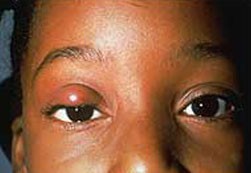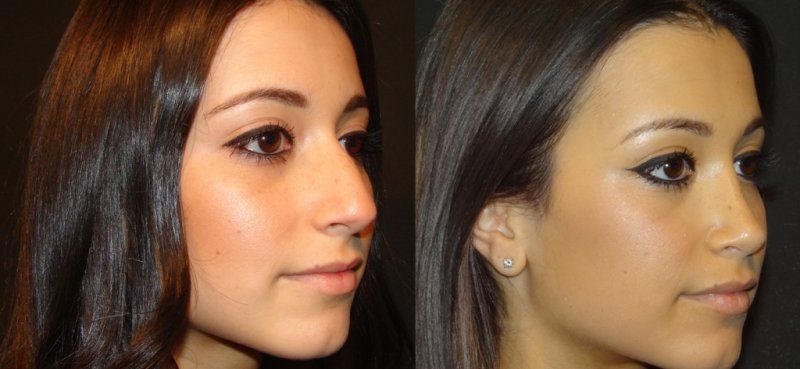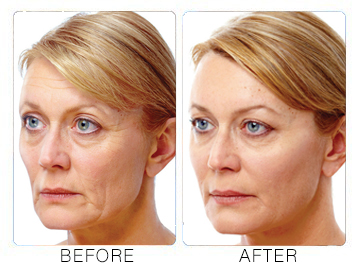
There are two ways to have breast surgery: A woman can either have breast reconstruction with implants or her own tissue. For an autologous reconstruction, the doctor can use the woman's lower abdominal wall segment or back muscle and fat to create new breast tissue. A woman may also be eligible for a nipple sparing or skin-sparing breastectomy. Both will cause scarring. Breast surgeries aren't for everyone.
Breast reduction surgery
Most breast reduction surgeries can be performed outpatient. The patient will experience some swelling and discoloration after the procedure. However, this swelling will soon disappear. In a few days, the stitches and bandages can be removed and the patient shouldn't resume strenuous activities within one month. The initial recovery period for a breast reduction can be uncomfortable. However, breasts will begin to look more natural and soften over time. You will see results six months to one year later.
The surgeon will then make incisions in the skin near the natural creases in the breasts. These incisions are used to remove excess skin and fat. Some women may also have their areolae raised. The surgeon will close your incision with either dissolvable external or internal sutures. The patient may need to remain in the hospital for up to an overnight period during recovery. The patient will be discharged afterward. It will take two to five hours to complete the surgery.

Mastectomy with nipple-sparing
A Nipple Sparing Mastectomy is an alternative to radiotherapy for breast carcinoma. This procedure preserves breasts that are naturally beautiful and minimizes radiation exposure. This surgery is not for everyone. However, 30% of all new cases will not require radiation treatment following a full breastectomy. This procedure is suitable for women with large and small breasts.
This type of surgery is not widely available, but the results are positive. It preserves the entire envelope of breast skin, including the nipple and the darker circle of skin surrounding it. Usually, breast reconstructions are performed within minutes of a NSM. It is not widely used for breast cancer treatment, but it has gained popularity. Its advantages outweigh its drawbacks.
Mastectomy to save skin
A skin-sparing mammectomy is a cosmetic procedure where all of the breast skin is removed, except for the nipple. This allows the surgeon reconstruct the breasts without scarring. The surgeon will use a flap or implant to replace the lost volume. There are two types: the TRAM or Latissimus skin-sparing mastopexy. Each uses tissues and muscles from the body to reconstruct breasts.
There are a number of advantages of skin-sparing mastectomy, including the preservation of the inframammary fold and native skin envelope. This procedure enhances the cosmetic appearance of the breast reconstruction by conserving the native skin envelope and inframammary fold. This reduces the need to perform contralateral symmetrizing. However, skin-sparing matectomies can pose a few risks.

Modified radical mastectomy
You may be concerned about the risks associated to a radical mastectomy. Compared to a conventional, full-thickness mastectomy, a modified radical mastectomy removes only the breast and most of the lymph nodes and lining over the chest muscles. This type can also preserve breast tissue. But, not all surgeons have the training to perform these types. It is important to consult your doctor before you decide which type of surgery to have.
Although most hospitals now use a traditional modified mastectomy, it is still not widely used. Modified radical mastectomy techniques traditionally focus on protecting the anterior and intercostobrachial nervous systems. This is done to preserve nerves that are essential for sensory functions. These techniques are comparable to the ones used by Halsted, Meyer, and Patey. Moore61 in 1867 described one such method.